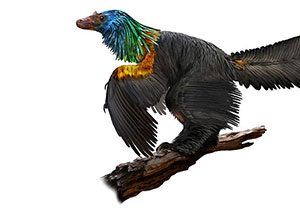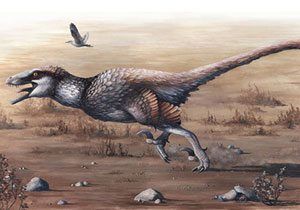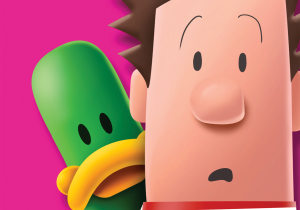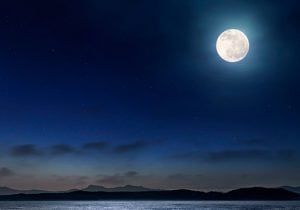
Viking primary resource: Old Norse Gods
Explore Norse mythology and Viking religious beliefs
This primary resource introduces children to Viking religion and Old Norse gods. Discover more about Norse mythology. What did the Vikings believe in? How did they honour their gods?
Pupils will learn about the home life of Viking citizens, the different beliefs that the Viking’s held and how they worshipped their gods and goddesses in our National Geographic Kids’ Vikings primary resource sheet.
The teaching resource can be used in study group tasks for furthering children’s knowledge of Viking myths that they may have already heard of (e.g. gods such as Thor and Loki, or goddesses such as Freya and Hel). The resource sheet could also be used as a printed handout for each pupil to review and annotate, or for display on the interactive whiteboard for class discussion.
Activity: Ask children to choose one of the Viking gods / goddesses from the resource sheet and use the information provided to write their own myth or short story featuring their chosen god. In pairs or groups, pupils could be assigned a letter and given a dictionary to try and find words beginning with that letter that are derived from Old Norse (see resource sheet for identifying Old Norse words).
N.B. The following information for mapping the resource documents to the school curriculum is specifically tailored to the English National Curriculum and Scottish Curriculum for Excellence. We are currently working to bring specifically tailored curriculum resource links for our other territories; including South Africa, Australia and New Zealand. If you have any queries about our upcoming curriculum resource links, please email: schools@ngkids.co.uk
This History primary resource assists with teaching the following History objectives from the National Curriculum:
- Know and understand significant aspects of the history of the wider world: the nature of ancient civilisations; the expansion and dissolution of empires; characteristic features of past non-European societies; achievements and follies of mankind.
- Know and understand the history of these islands as a coherent, chronological narrative, from the earliest times to the present day: how people’s lives have shaped this nation and how Britain has influenced and been influenced by the wider world.
- Gain historical perspective by placing their growing knowledge into different contexts, understanding the connections between local, regional, national and international history; between cultural, economic, military, political, religious and social history; and between short- and long-term timescales.
This History primary resource assists with teaching the following Social Studies Second level objective from the Scottish Curriculum for Excellence:
- I can discuss why people and events from a particular time in the past were important, placing them within a historical sequence
- I can compare and contrast a society in the past with my own and contribute to a discussion of the similarities and differences
Scottish Curriculum for Excellence Social Studies Third level objective:
- I can explain the similarities and differences between the lifestyles, values and attitudes of people in the past by comparing Scotland with a society in Europe or elsewhere.
Download primary resource
More Like

‘Rainbow dinosaur’ fossil discovered!

Dakotaraptor: Scientists unearth giant winged raptor!

Funny Kid Peeking Duck












LEAVE A COMMENT
THANK YOU
Your comment will be checked and approved shortly.
WELL DONE,
YOUR COMMENT
HAS BEEN ADDED!
COMMENTS
Cooooooooooooooooooool!
CUSTOMIZE YOUR AVATAR